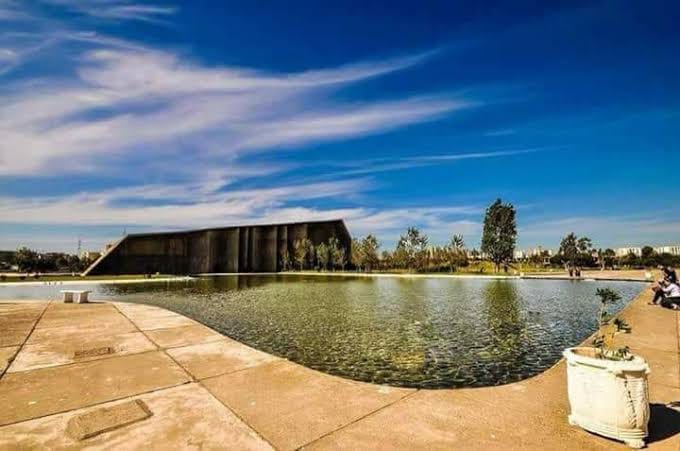course summariesPhilippe Thieullen, Université de Bordeaux, France : ergodic optimization Ergodic optimization of additive cocyle studies the trajectories of a dynamical system that maximize the time average of an observable. An operator cocycle is a sequence of products of linear operators along a trajectory. Ergodic optimization of operator cocycles studies the vectors of optimal growth under the action of the cocycle. This non-commutative theory of the classical ergodic optimization theory is new and has many applications in stability, discrete non-autonomous dynamical systems, linear switching systems, or smooth ergodic theory. The course will review recent theoretical results where the base dynamical system is simple as in the minimal case (quasi-periodic in time as in Kessi's course) or in the hyperbolic case (existence of a transversally hyperbolic invariant manifold). The course will also be more applied and oriented toward the study of the stability of constraint linear systems in a neural network (as in Rebouh's and Benzeki's course) Tewfik Sari, Institut national de recherche en sciences et technologies pour l'environnement et l'agriculture (IRSTEA) Montpellier, France : Mathematical models in biology: The Consumer–Resource relationship.
1.1. The logistic model 1.2. The Lotka–Volterra predator–prey model 1.3. The Gause model 1.4. The Rosenzweig–MacArthur model 1.5. The “ratio-dependent” model 1.6. The chemostat model 2. Competition 2.1. The two-species competition Volterra model 2.2. Competition and the Rosenzweig–MacArthur model 2.3. Competition with ratio-dependent models 2.4. Coexistence through periodic solutions 2.5. Competition in the chemostat References: R. Arditi, L. Ginzburg. How species interact : altering the standard view on J. Harmand, C. Lobry, A. Rapaport, T. Sari. The Chemostat: Mathematical C. Lobry. The Consumer-Resource Relationship: Mathematical Modeling, J. D. Murray. Mathematical Biology, Springer-Verlag, New York, 2005.
Tounsia Benzekri, USTHB, Algérie : Introduction to bifurcation theory
The aim of this course is to recall some basic notions of dynamical systems and stability theory, in continuous time, to introduce the theory of bifurcations.
|
| Online user: 2 | Privacy |

|

